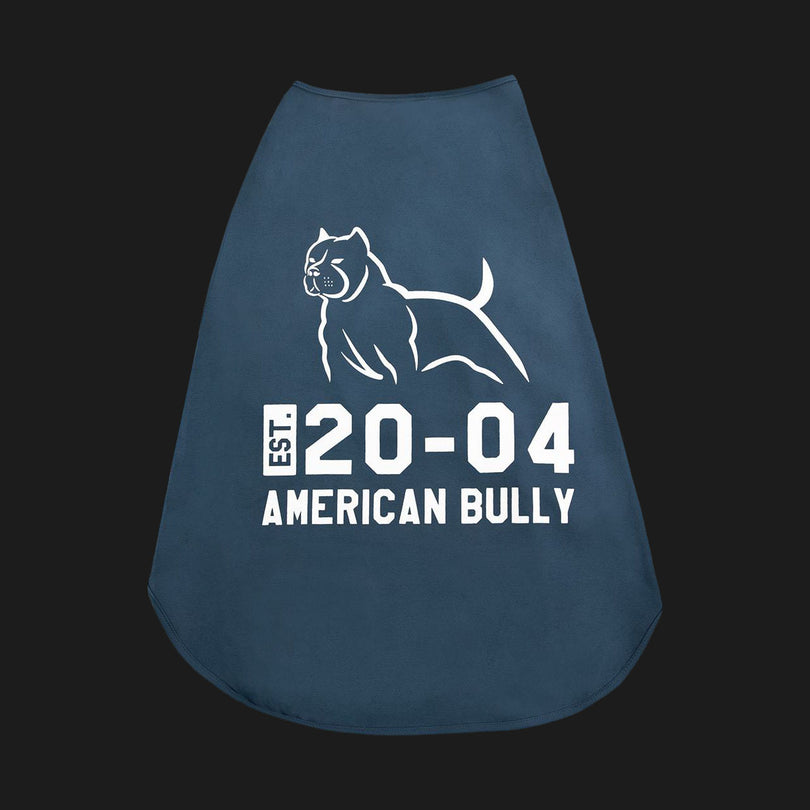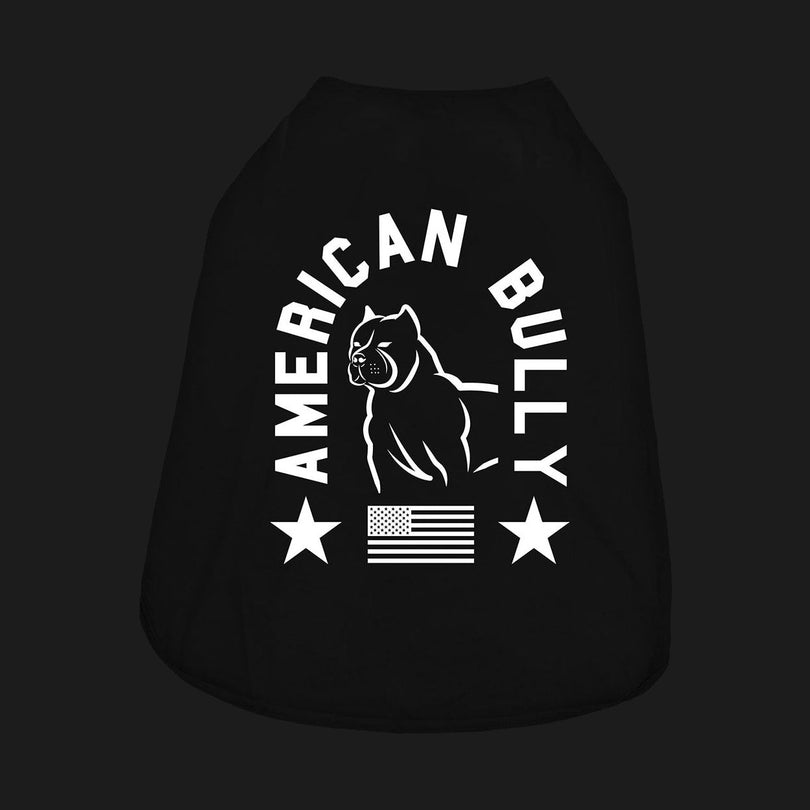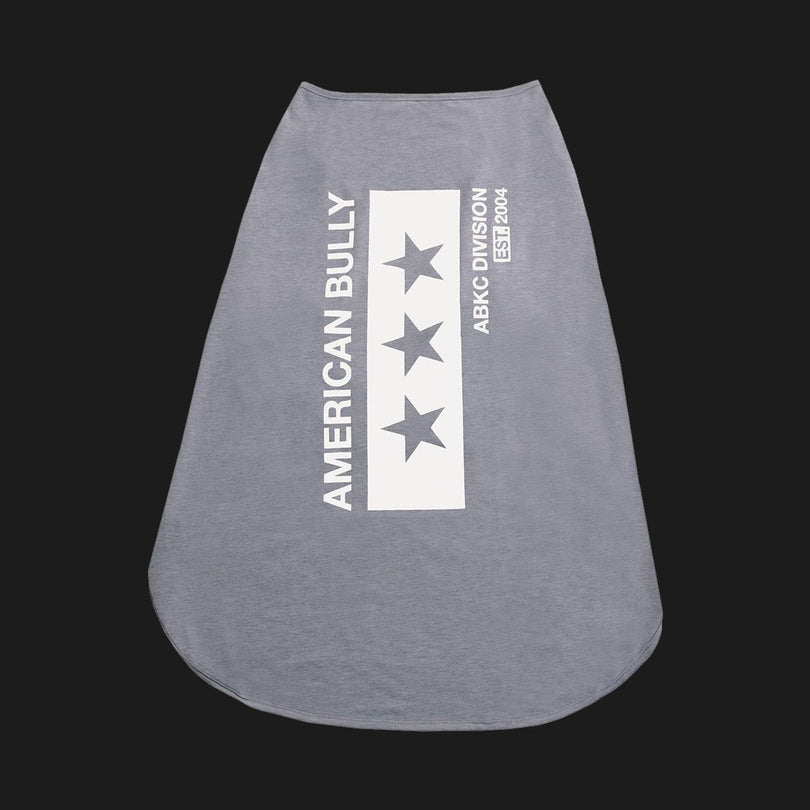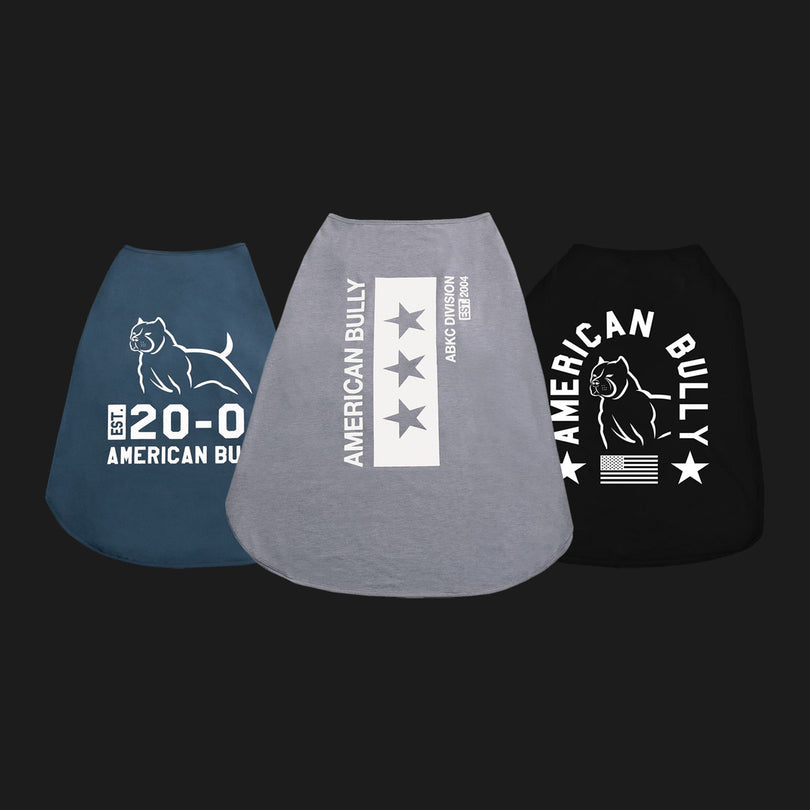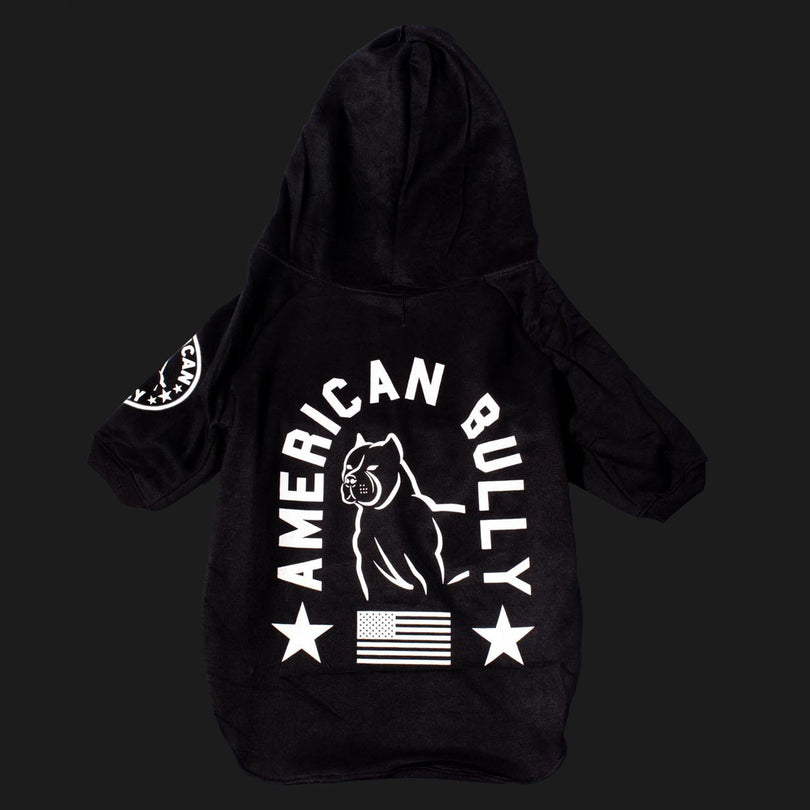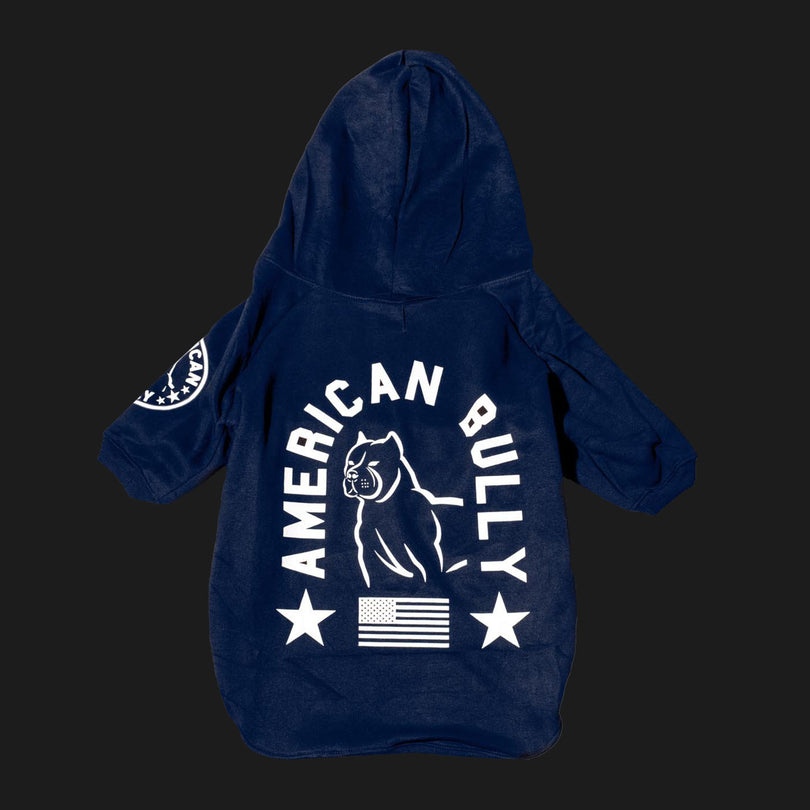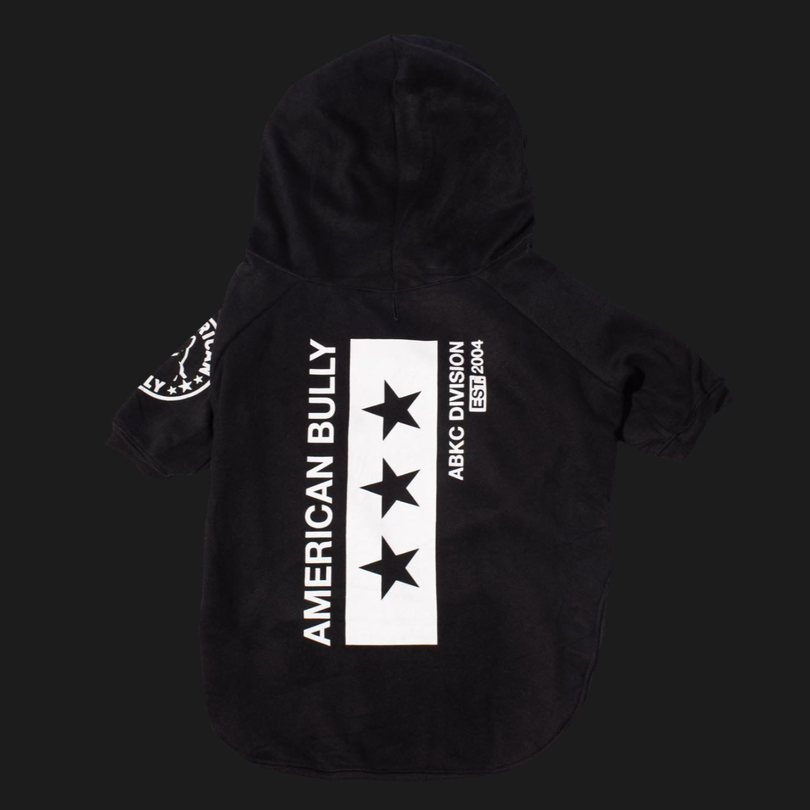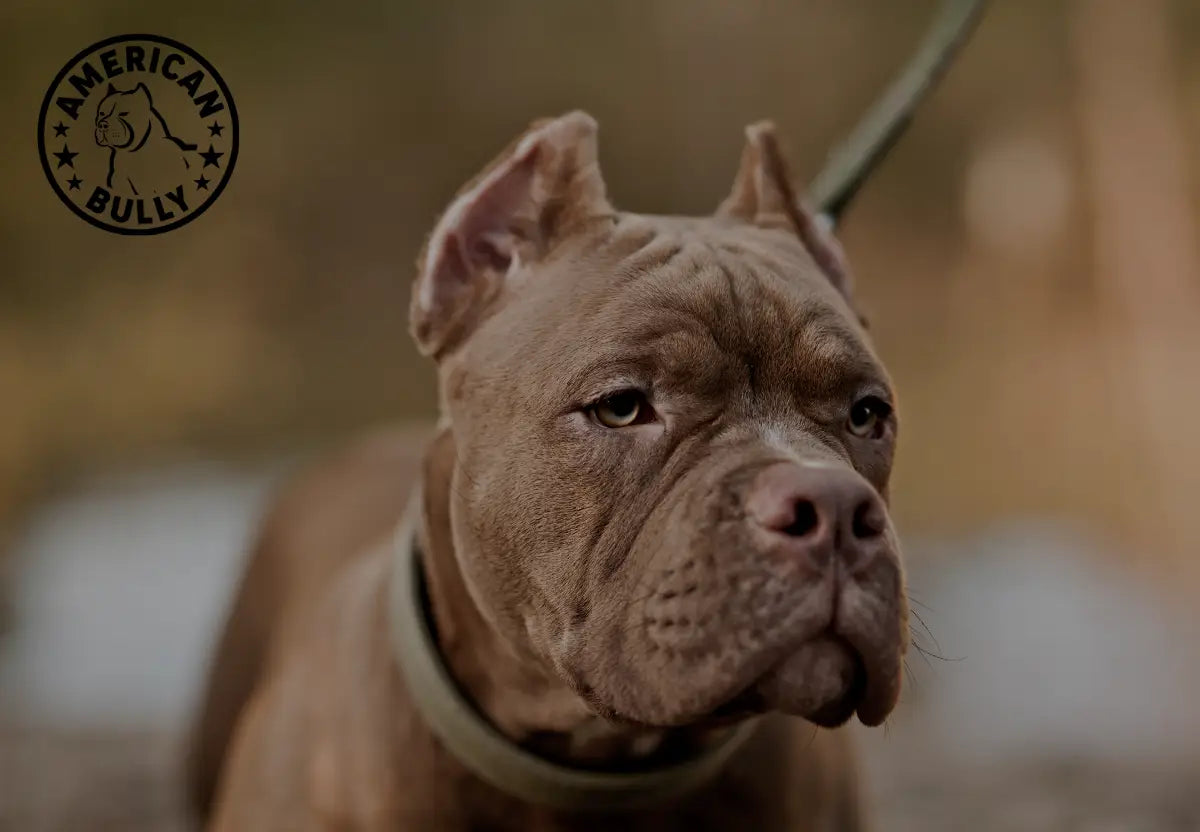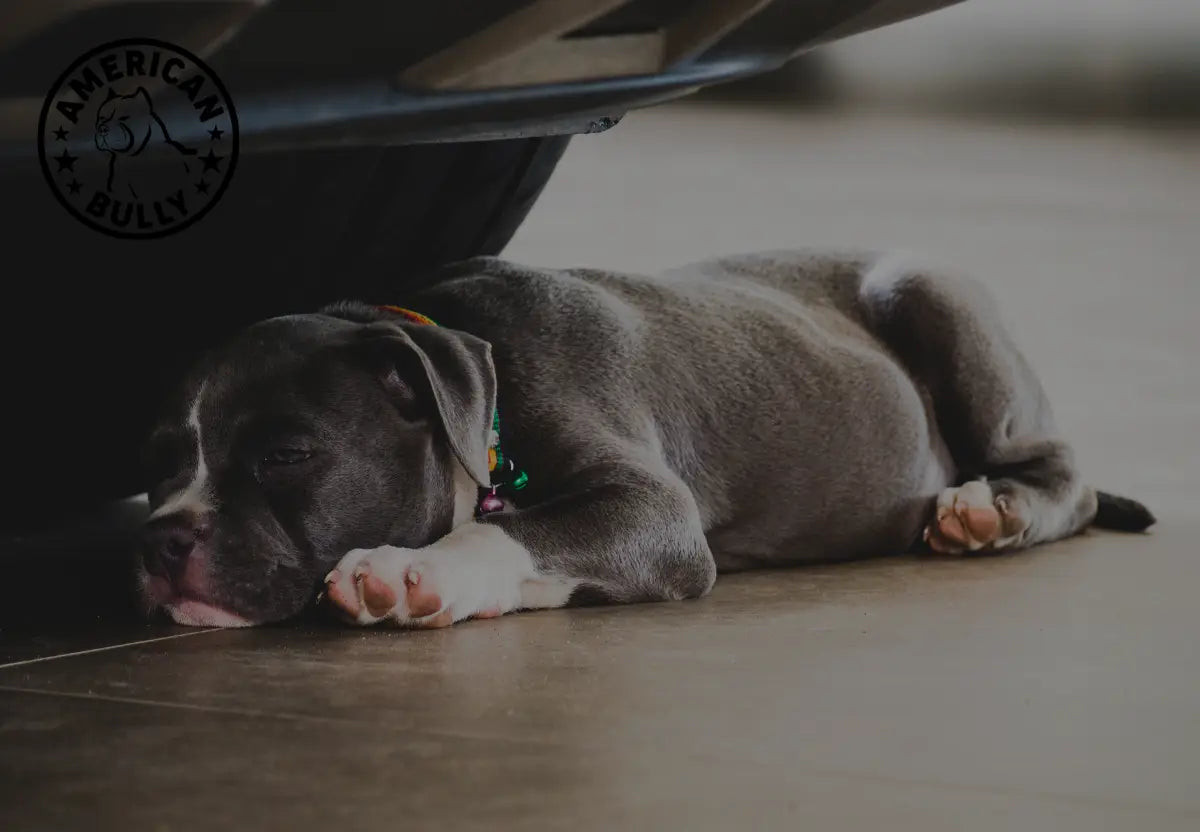Owning an American Bully is a rewarding experience, but it comes with the responsibility of creating a home environment that ensures their safety, comfort, and happiness. These muscular, loyal dogs have unique needs due to their size, energy levels, and temperament. Designing a bully-friendly home requires thoughtful planning to accommodate their physical and emotional well-being. Below, we’ll explore practical tips to make your home a haven for your American Bully, covering safety, comfort, and enrichment.
Understanding the American Bully’s Needs
American Bullies are a strong, athletic breed known for their affectionate nature and high energy. They typically weigh between 70-120 pounds, with a sturdy, compact build. Their short coats make them sensitive to extreme temperatures, and their social personalities mean they thrive on interaction and mental stimulation. A bully-friendly home should address these traits by prioritizing safety, providing comfortable spaces, and offering opportunities for play and rest.
Safety First: Securing Your Home
1. Fencing and Outdoor Safety
American Bullies are strong and can be curious explorers. A secure outdoor space is essential if they’ll spend time in a yard.
-
Install Sturdy Fencing: Choose a fence at least 6 feet tall, as Bullies can jump surprisingly high. Ensure it’s made of durable materials like wood or metal, and check for gaps or weak spots where your dog could escape.
-
Gate Locks: Use self-closing gates with secure locks to prevent accidental escapes. Bullies are strong enough to nudge open flimsy gates.
-
Remove Hazards: Clear the yard of toxic plants (like azaleas or lilies), sharp objects, or chemicals like antifreeze. Bullies may chew or ingest items out of curiosity.
-
Shade and Shelter: Provide a shaded area or doghouse to protect your Bully from sun or rain, as their short coats offer little protection against extreme weather.
2. Indoor Safety Measures
Inside the home, eliminate potential dangers to keep your Bully safe.
-
Secure Electrical Cords: Bullies love to chew, especially as puppies. Use cord covers or tuck cords out of reach to prevent electrocution or choking.
-
Store Toxic Substances: Keep cleaning supplies, medications, and human food (like chocolate or grapes) in high cabinets or locked storage. Bullies are notorious for counter-surfing.
-
Stair Safety: If your home has stairs, consider a baby gate to prevent falls, especially for young or elderly Bullies with joint issues.
-
Non-Slip Flooring: Bullies’ muscular builds can strain their joints on slippery surfaces. Add rugs or non-slip mats to hardwood or tile floors to improve traction.

Comfort: Creating a Cozy Space
1. Choosing the Right Bed
American Bullies need a comfortable place to rest their hefty frames.
-
Orthopedic Beds: Invest in a high-quality orthopedic bed to support their joints, especially for older Bullies or those prone to hip dysplasia. Look for memory foam beds with washable covers.
-
Size Matters: Choose a bed large enough for your Bully to stretch out—think 36x48 inches or larger for bigger dogs.
-
Cooling and Heating Options: For hot climates, consider a cooling mat to keep your Bully comfortable. In colder areas, a heated bed or blanket can help with their short coat’s lack of insulation.
2. Temperature Control
Bullies are sensitive to temperature extremes due to their short coats and brachycephalic (short-nosed) traits, which can make breathing harder in heat.
-
Air Conditioning and Heaters: Maintain a comfortable indoor temperature (65-75°F). Use fans or air conditioning in summer and ensure warmth in winter.
-
Avoid Overheating: Never leave your Bully in a parked car or an unventilated room, as they can overheat quickly.
3. Designated Safe Space
Bullies are social but can get overwhelmed. Create a quiet area where they can retreat.
-
Crate or Corner: A crate with soft bedding or a cozy corner with their bed and toys can serve as a safe haven. Crate training is especially helpful for puppies.
-
Calming Aids: Consider pheromone diffusers or calming music to reduce anxiety during loud events like thunderstorms or fireworks.
Enrichment: Keeping Your Bully Happy
1. Mental Stimulation
American Bullies are intelligent and need mental challenges to prevent boredom, which can lead to destructive behavior.
-
Interactive Toys: Use puzzle toys or treat-dispensing balls to engage their minds. Kong toys filled with peanut butter are a Bully favorite.
-
Training Sessions: Regular training reinforces good behavior and stimulates their brain. Teach commands like “sit,” “stay,” or fun tricks like “roll over.”
-
Rotate Toys: Keep a variety of toys and rotate them weekly to maintain interest. Bullies love sturdy chew toys due to their strong jaws.
2. Physical Exercise
Bullies are energetic and need daily exercise to stay healthy and content.
-
Indoor Play Areas: Set up a space for indoor play during bad weather. A hallway or cleared room can work for fetch or tug-of-war.
-
Exercise Equipment: Consider a dog treadmill for high-energy Bullies, especially in apartments or homes with limited outdoor space.
-
Daily Walks: Aim for at least 30-60 minutes of exercise daily, such as walks, hikes, or playtime in a secure yard.
3. Social Interaction
Bullies thrive on companionship and need regular interaction to feel secure.
-
Family Time: Include your Bully in family activities like movie nights or backyard games. They love being part of the pack.
-
Dog Playdates: Arrange playdates with other dogs, but supervise closely, as Bullies can be strong and play rough.
-
Pet-Safe Furniture: Choose durable, pet-friendly furniture (like leather or microfiber) that can withstand their weight and occasional scratching.
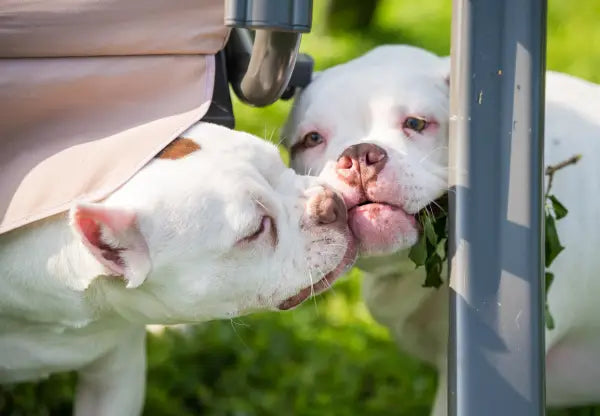
Home Design Tips for Bully Owners
1. Durable Materials
American Bullies are powerful, and their playful nature can wear out furniture or flooring.
-
Sturdy Furniture: Opt for furniture with strong frames and scratch-resistant fabrics. Avoid delicate materials like silk.
-
Washable Covers: Use machine-washable slipcovers or throws to protect furniture from fur and drool.
-
Tough Flooring: If replacing floors, consider durable options like vinyl or ceramic tiles that resist scratches and are easy to clean.
2. Easy-to-Clean Spaces
Bullies can be messy, especially after meals or playtime.
-
Feeding Station: Set up a feeding area with a waterproof mat to catch spills. Elevated feeders can reduce strain on their necks.
-
Grooming Station: Create a grooming area with a non-slip surface for baths and nail trims. Keep wipes handy for quick cleanups, as Bullies can drool.
-
Mudroom or Entryway: If your Bully goes outside often, a mudroom with a dog shower or towel station can keep dirt out of the main house.
3. Space Planning
Bullies need room to move without knocking over items.
-
Open Layouts: Arrange furniture to create open pathways, reducing the risk of your Bully bumping into things.
-
Storage Solutions: Use high shelves or closed cabinets to store items your Bully might try to reach, like shoes or toys.
Health Considerations in Home Design
American Bullies are prone to certain health issues, like hip dysplasia, allergies, or skin conditions, which can influence home design.
-
Allergen Control: Use air purifiers to reduce dust and allergens, which can irritate a Bully’s sensitive skin.
-
Joint-Friendly Design: Minimize stairs or use ramps for older Bullies to reduce joint stress.
-
Regular Cleaning: Vacuum and wash bedding frequently to prevent skin infections, as Bullies’ short coats can trap dirt in skin folds.
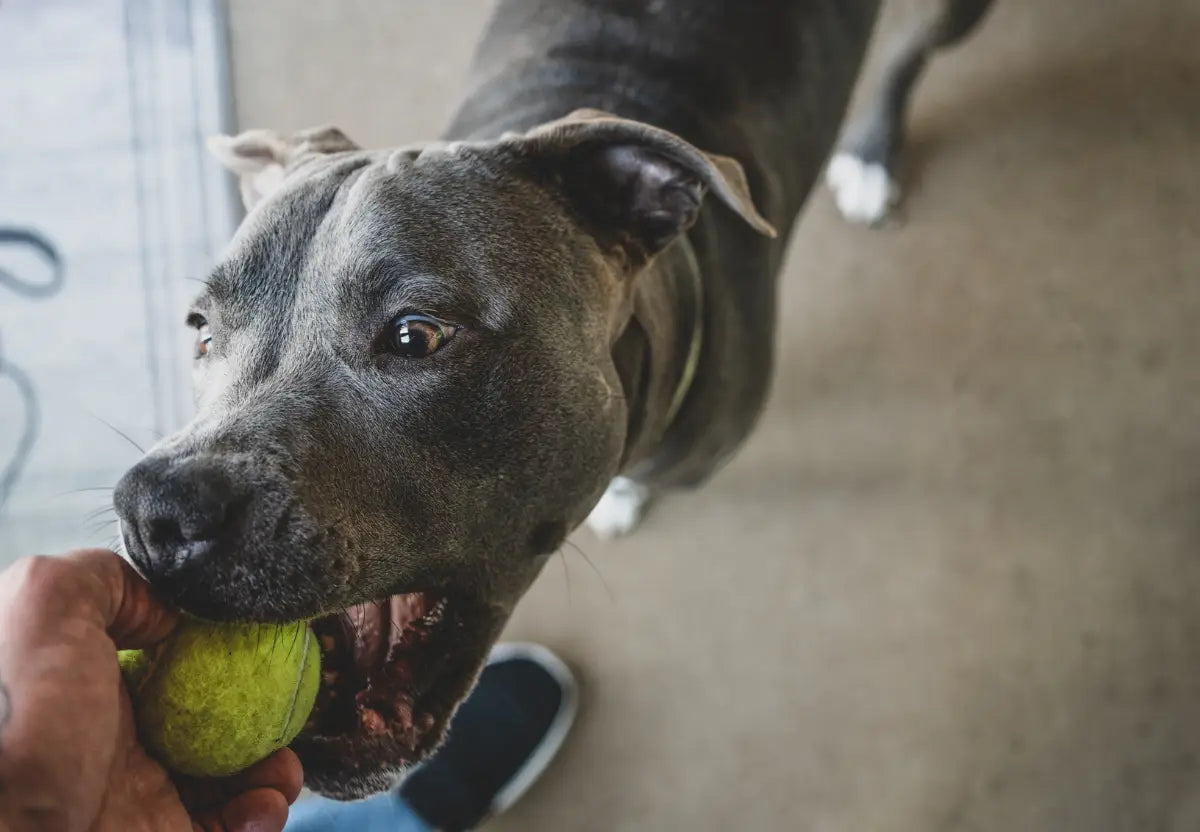
Budget-Friendly Tips
Creating a bully-friendly home doesn’t have to break the bank.
-
DIY Beds: Make a bed from old blankets or foam topped with a washable cover.
-
Repurpose Items: Use a sturdy storage bin as a toy box or an old rug as a non-slip mat.
-
Shop Secondhand: Look for durable furniture at thrift stores or online marketplaces to save money.
Final Thoughts
Designing a bully-friendly home is about balancing safety, comfort, and fun to suit your American Bully’s unique needs. By securing your space, providing cozy rest areas, and offering plenty of mental and physical stimulation, you’ll create an environment where your Bully can thrive. Whether you’re welcoming a new puppy or caring for a senior Bully, these tips will help ensure your home is a safe and happy place for your loyal companion.

